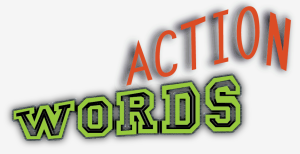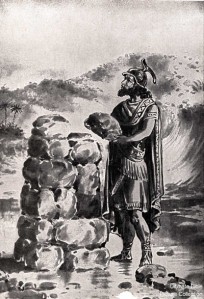Podcast: Play in new window | Download (158.7KB)
Subscribe to Spark My Muse Apple Podcasts | Spotify | Email | TuneIn | | Subscribe to Spark My Muse
Click the link at the bottom to hear the classic 1938 version, sung by Kate Smith.
The song “God Bless America” was written as a (sung) prayer. Enjoy the July 4th holiday, and let this song help us to be a little more grateful for all the privileges of living in a free country!
Author:
Irving Berlin, 1918; revised 1938
Spoken Introduction:
While the storm clouds gather far across the sea,
Let us swear allegiance to a land that’s free,
Let us all be grateful for a land so fair,
As we raise our voices in a solemn prayer.
God bless America, land that I love
Stand beside her and guide her
Through the night with the light from above
From the mountains To the prairies,
To the ocean white with foam
God bless America, My home sweet home.
The unofficial national anthem of the United States was composed by an immigrant who left his home in Siberia for the USA when he was only five years old. The original version of “God Bless America” was written by Irving Berlin (1888-1989) during the summer of 1918 at Camp Upton, located in Yaphank, Long Island, for his Ziegfeld-style revue, Yip, Yip, Yaphank. “Make her victorious on land and foam, God Bless America…” ran the original lyrics. However, Irving decided that the solemn tone of “God Bless America” was somewhat out of keeping with the more comedic elements of the show, so the song was laid aside.
In the fall of 1938, as war was again threatening Europe, he decided to write a “peace” song. He recalled his lyrics of “God Bless America” from twenty years earlier, then made some alterations to reflect the different state of the world. Singer Kate Smith introduced the revised “God Bless America” during her radio broadcast on Armistice Day, 1938. The song was an immediate sensation; the sheet music was in great demand.
Berlin’s file of manuscripts & lyric sheets for this quintessentially American song includes manuscripts in the hand of his longtime musical secretary, Helmy Kresa (he himself did not read and write music), as well as lyric sheets, and corrected proof copies for the sheet music.
These materials document not only the speed with which this song was revised, but also its author’s attention to detail. The first proof copy is dated October 31, 1938; the earliest “final” version of the song is a manuscript dated November 2; and Kate Smith’s historic broadcast took place on November 11. So, documents show the song’s step-by-step evolution from the original version of 1918 to the tune we now know.
The manuscripts mentioned above are part of the Irving Berlin Collection, a remarkable collection that includes his personal papers as well as the records of the Irving Berlin Music Corp. It was presented to the Library of Congress in 1992, by his three daughters, Mary Ellin Barrett, Linda Louise Emmet, and Elizabeth Irving Peters.
What an amazing song! Isn’t it wonderful that we have been so lucky to be connected with people who are able to put to words our deepest thoughts and emotions? Irving Berlin was truly inspired. Close your eyes and listen to his message. Does it not touch your soul? Can’t you just see crashing waves- the majesty of the mountains? All of the beautiful people working every day, alive and free because of the dream of our beloved Founding Fathers?
As this song is being broadcasted through out the world on various occasions, there is this incredible overwhelming desire to jump up and sing with all the energy of the soul!
(story sourced here: http://www.god-bless-america-lyrics.com/)
Happy Birthday, United States of America!
God Bless America (1938, Kate Smith) (VIDEO)






